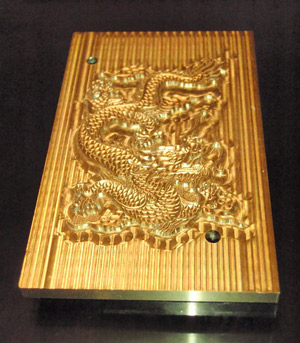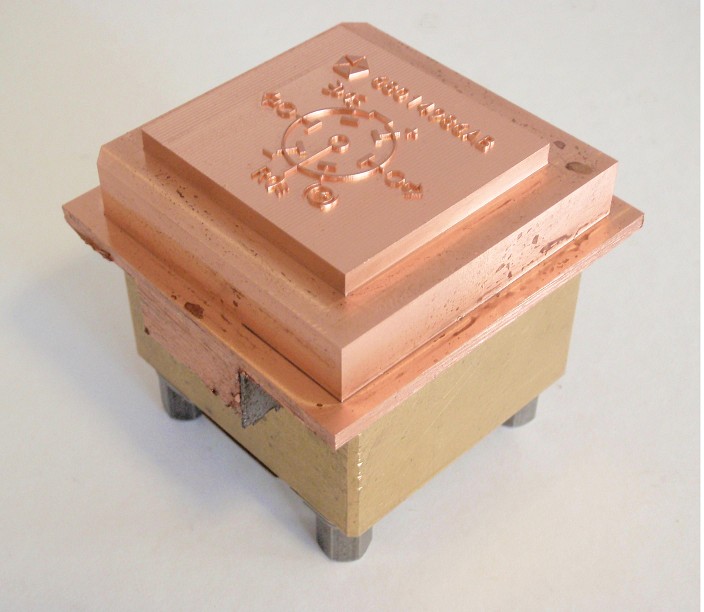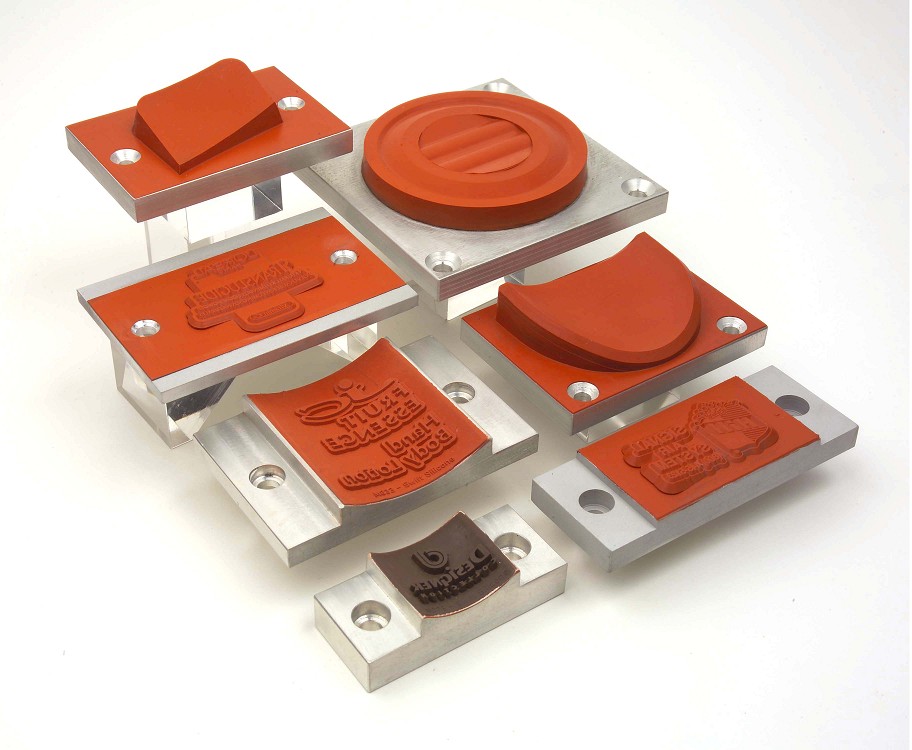Technology

The decoration of plastic, metal or wood surfaces through hot stamping involves the transfer of foil decoration through application of heat and pressure.
Silicone rubber die is able to conform to slight surface variations, imperfections and sinks that are inherent in moulded plastic parts. The silicone rubber die is thus able to make better contact with a surface to be printed at a lower pressure as compared to metal dies. The ability to compensate for surface irregularities also permits excellent repeatability when hot stamping with silicone rubber dies.
On plastic surfaces, hot stamping with silicone rubber dies gives a "printed look" versus a "branded look". Very fine details to broad areas coverage is possible even on the same die. If a metallic or wood grain marking is desired, hot stamping is still the only known decorating process that can achieve this on plastic, metal or wood. Our silicone rubbers are also good for stamping on the new generation of tough plastics and also on polycarbonate and acrylic.

Silicone dies can be made quickly and inexpensively from photoengraved moulds. When very fine quality is required silicone dies can be made from precision engraved moulds. Duplicate dies can also be made very easily. This represents a huge cost savings as compared to metal dies where the entire engraving process has to be repeated for each additional copy required. Our silicone rubber dies have excellent heat and pressure endurance, excellent heat recovery and release properties. Our silicone rubber has been specially formulated for hot stamping applications where excellent heat stability and durability are required. Our high heat conducting silicone rubbers also allow usage on faster press speeds and automated machines. Our silicone rubbers have also been used in heat sealing and embossing applications and even as component parts in special machine assemblies.
Hot stamping is a dry process requiring no solvents or inks and the parts can be handled immediately after decorating. The lower pressure required in printing means that smaller presses can be used along with lighter fixtures. By using transfer foils for hot stamping, multi-colour decorations can be done with a single stamping process - greatly increasing output for mass-produced items.




